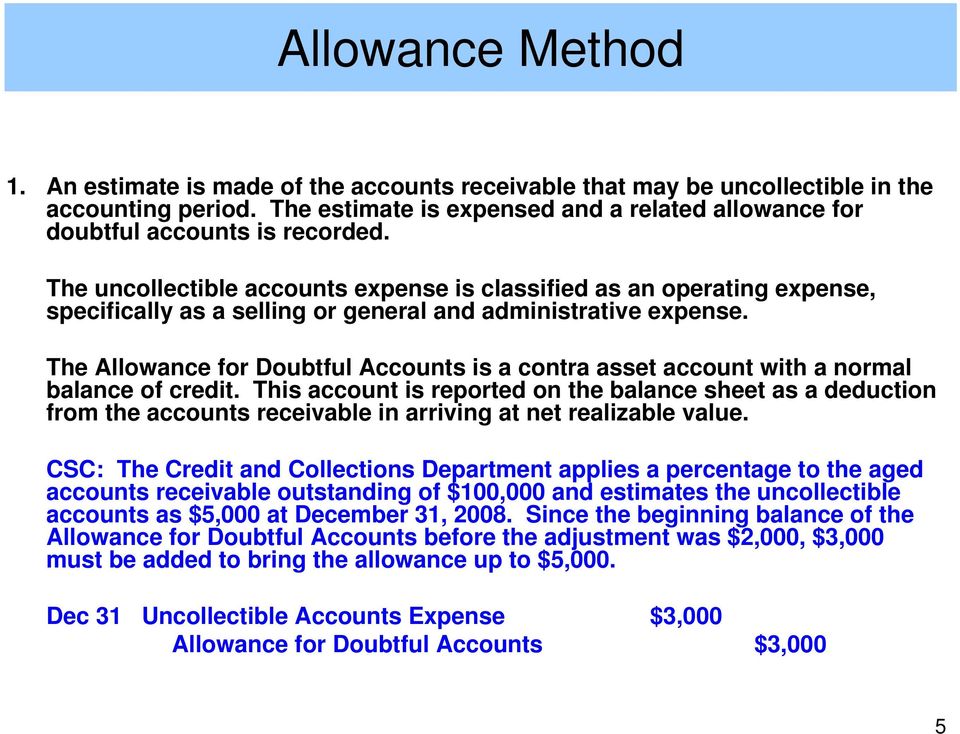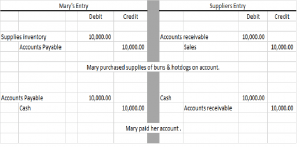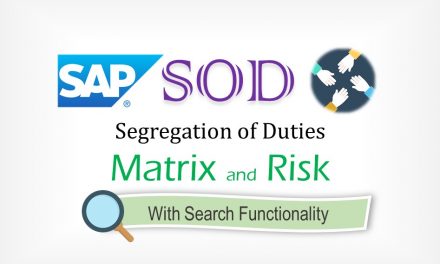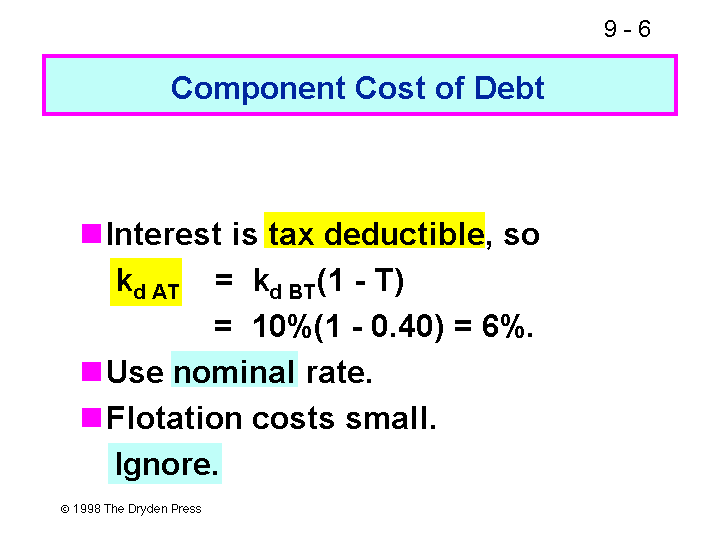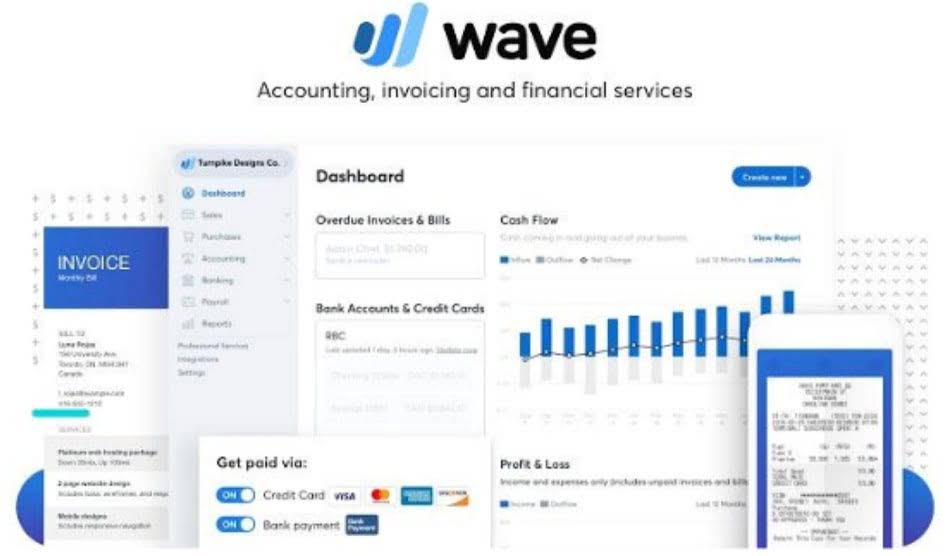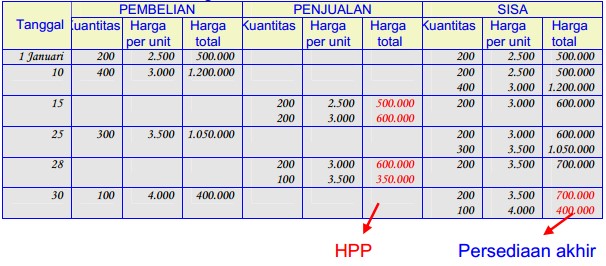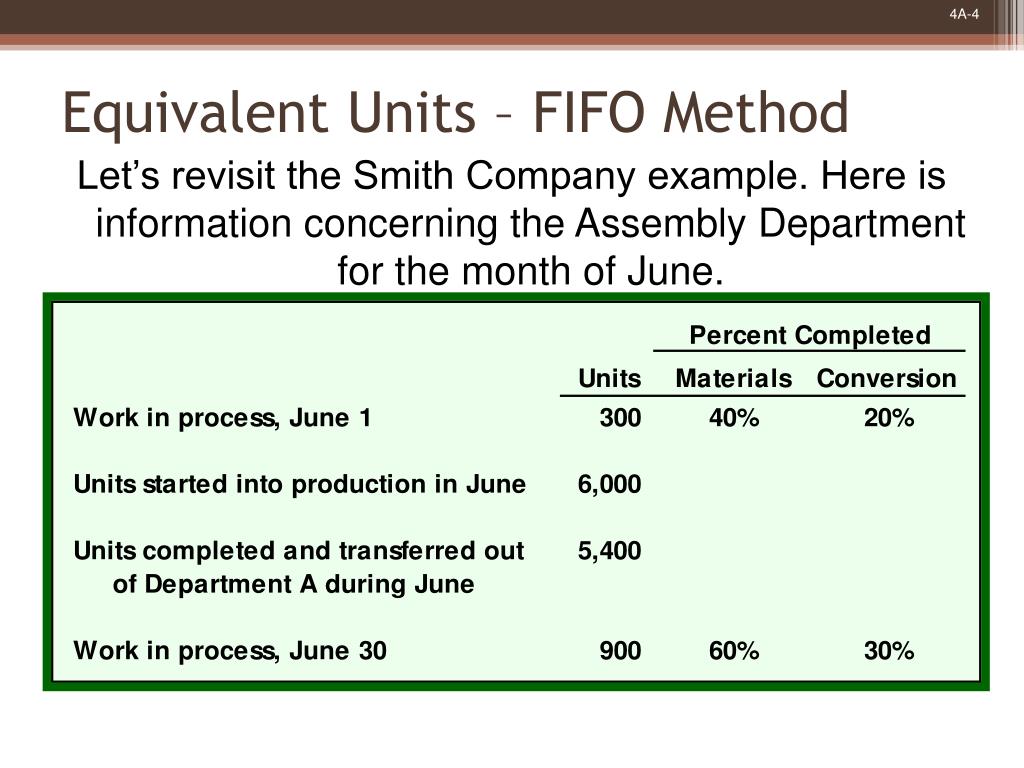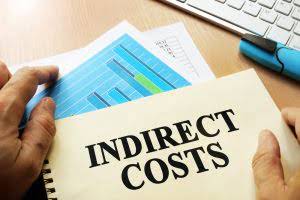
Accounting is like a powerful machine where you input raw data (figures) and get processed information (financial statements). The whole point is to give you an idea of what’s working and what’s not working so that you can fix it. Students who are detail-oriented, have a strong facility with numbers, and are able to meticulously follow logical steps are more likely to excel in accounting classes. Government accountants, including state auditors, work for government agencies. Financial analysts help people and organizations improve their financial decisions. They may look at investment opportunities, study spending habits, review performance indicators, or evaluate financial statements to gather information.
Tax manager
Distance learners can earn a flexible online accounting BSBA degree from the College of Business at Western Governors University in Salt Lake City, Utah. WGU’s asynchronous, competency-based programs let students move on to the next class at their own pace after they demonstrate subject mastery by passing an assessment. If you’re looking for a fast, flexible, and convenient path what is online accounting into your accounting career, we’ve rounded up all the best online accounting degrees out there. A bachelor’s degree in accounting can provide you with the kind of specialized finance, taxation, and business insight that corporations and individuals look to when making big money decisions. It’s a skill set you can leverage across industries, and the pay isn’t bad, either.
How You’ll Learn
The Best Business Accounting Software Services of 2024 – Business News Daily
The Best Business Accounting Software Services of 2024.
Posted: Thu, 25 Apr 2024 07:00:00 GMT [source]
We test and rate the best accounting apps for small businesses based on how easy they are to use, how much they do, and their price. Some are better for sole proprietors, freelancers, and companies with only one or two employees. Below are the eight best small business accounting software applications, with explanations about what makes them different. At SNHU, we’re committed to helping you balance work, family and coursework. With no set class times, 24/7 online access and dedicated faculty supporting you every step of the way, an online accounting program is designed to give you the flexibility to earn your degree on your schedule. A bachelor’s in accounting and finance will prepare you for careers in banking and corporate finance, the treasury or as a financial analyst.
- This might happen once in a long while however when it happens will affect your work.
- Accounting and business courses combine to make up half of the degree’s total credit requirements.
- With electronic banking making it much easier to manage your bank accounts, you may be tempted to skip this step.
- Your accounting data can be tightly integrated with numerous related apps and functions, like CRM, customer service, and email.
- Some programs may require students to complete accounting internships to gain real-world experience before graduating.
- Courses include cost accounting, accounting ethics, data analytics, and taxation of businesses and other entities.
Online Accounting Degree Programs Overview
- All in all, I would say that this software is easy to use but I would have preferred it included some features it lacked, such as the ability to send payable invoices from the platform.
- A number of users can be created and also assigned roles according to our request.
- However you work, no matter what your business does, QuickBooks has a plan for you.
- Please note that only the online BS in Accounting program is currently aligned to the 2024 CPA exam updates.
- There are many career paths in the business and finance realms that an accounting degree can prepare you for.
- And, you can attach documents to the invoice when needed, including warranties, contracts and return policies.
Accounting helps you gauge where your small business stands financially, what it can afford at any given time, and where its money is coming from and going. In addition to this financial overview, proper accounting practices prepare your business to file taxes and produce financial statements needed for potential investors or business loan applications. For a small business, accounting involves tracking money flow in various forms, including operating expenses (e.g., marketing, utilities, rent), cost of goods sold, accounts receivable and sales.
How Much Does Accounting Software Cost?
However, not all actions were as useful as they would seem at first glance. When I clicked “+ create,” then “invoice,” I was taken to a long form to fill out to create an invoice. It was highly customizable, allowing me to answer details about the invoice that would aid in filing it in my storage system and making it searchable.
![]()
North Carolina State University at Raleigh

